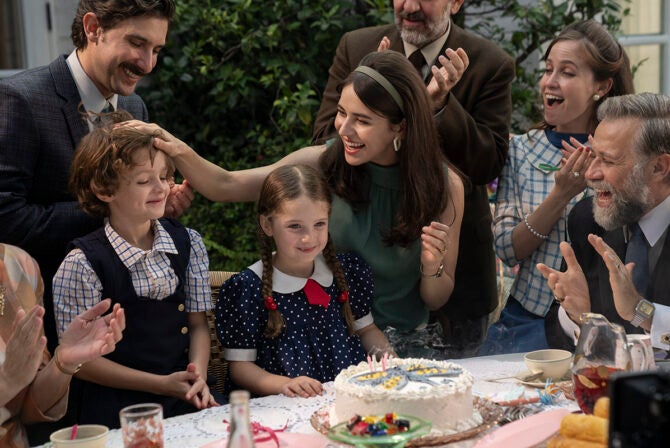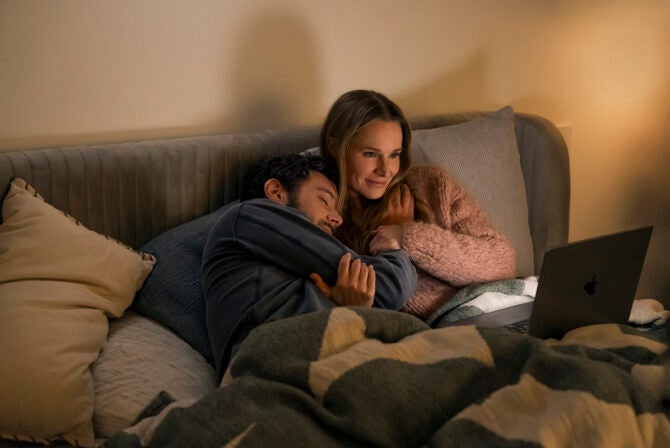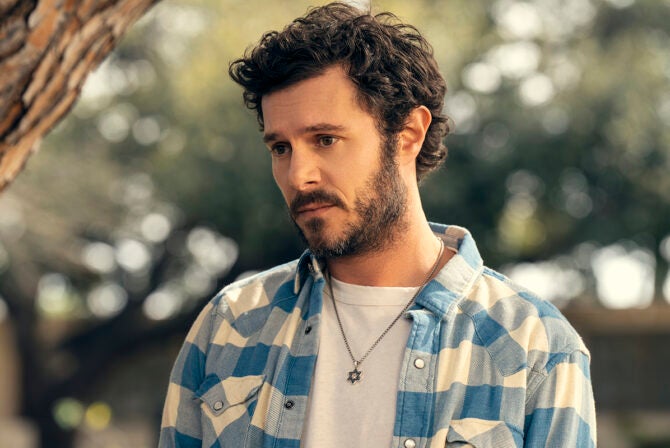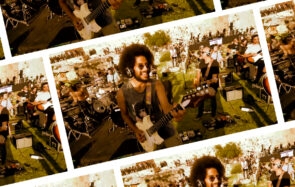I’ll be honest, it’s not the kashering of the kitchen or locating the seder plate or the scads of relatives flying into town that causes me stress pre-Passover. Nope. It’s the procuring of the shank bone, the anchor of seder plates everywhere.
For years, I thought it was just me, as I’m a convert and didn’t grow up celebrating Passover. Yet a recent poll of seder-hosting friends indicates I’m not the only one.
I’m guessing we don’t hear about this problem because most of us attend someone else’s seder. We don’t host our own. We are welcomed to someone else’s table, centerpieced with their lovely seder plate, and don’t give a thought to what went into assembling it.
I hosted my first seder a year after converting and marrying my husband. This was to be a big affair. We’d just purchased our first house. We were starting a family. We wanted to welcome our loved ones into our world in Chicago instead of making our annual Passover trip out East. I wanted to throw a bang-up seder, one for the ages. My husband’s family accepted the invite. The guest list swelled to 20. And then I spent weeks planning and scheduling.
I shopped the day before the big event. Walking through the grocery store, I checked items off my list—horseradish, parsley, two dozen eggs, shank bone—whoa. Wait. Huh. As a seder-hosting rookie I assumed I’d just mosey over to the meat department. As none of our family kept kosher, I was positive that Jewel would be able to give me what I needed.
I’ve since learned that the scene I am about to describe plays out countless times with minor variations in detail every Passover season across the city.
Me: Hi! I’m wondering if you can help me out. Passover is tomorrow and I need a shank bone for my seder plate.
Butcher (looking at me as though I’d spoken in Hebrew): Well…we sell beef shank or lamb shank…
Me: Ah, no. I don’t need the meat. I just need the bone.
Butcher (totally wondering what kind of squirrelly request this is): Uh…
Second Meat Department Employee Who Overheard Us: Oh, yeah. Yeah, we did have some of those seder bones, but they’re all gone. Come back tomorrow and we might have more.
And this is how it goes. “Come back tomorrow and we might have more.”
Not being one to procrastinate when the stakes are high, I visited grocery meat departments in Bucktown, Edgewater, and Lincoln Park that day, striking out at each place. Panicked as I was that precious time was being spent driving all over the city, I didn’t think about making a trip up to the kosher grocery stores in Skokie or Glenview. I could only see my perfect fantasy seder plates covering themselves in shame due to the blindingly naked spot where the shank bone should be. Would anyone notice if I used a dog bone? Those are shank bones, right?
In the end, after a frantic call to my husband in which we decided to phone canvass all local butchers, I nearly hyperventilated with relief at a small butcher shop in Lakeview. They agreed to hold three shank bones for me. Believe me when I say that I nearly broke the sound barrier speeding my way over there to pick them up.
I’m hosting a seder again this year. And you can be sure that I was all over my Whole Foods meat department last week to score this year’s bone. (For those of you who are procrastinating, let me also say that I called a couple of kosher grocery stores in the Northern suburbs to be assured that they had plenty of shank bones in stock for around $1.25 each.)
Now, I am not telling this story to take anything away from the traditional meaning of the shank bone on the seder plate—the symbol of the 10th plague and how the Jews slaughtered lambs and marked their door posts with the blood to signal that the angel of death should pass over. No.
But, I can’t help but think about another interpretation of the shank bone’s meaning. It has been said that it represents the arm of God. I like that because I now know that I’m not the only one who feels like it takes that amount of divine intervention to find one.
Read More:
Passover for Kids: Top 9 Ways to Make It Special
RECIPE: Funfetti Matzah Cake for Passover
How a Museum Visit Connected Me to Passover in a Whole New Way







